Welcome to “Landing There,” the blog series where we talk to pilots who regularly land in remote places and learn their recommendations, perspective, and tips about unusual landing sites.
In our last installment of “Landing There,” we got tips and perspectives about wilderness and off-airport landings from Canadian pilots Alexis Thind and Sam Daigle. Now, we catch up with Nick Hoffman, adventurer, pilot, and host of the outdoor TV series Nick’s Wild Ride. For him, backcountry flying and landing are the essence of freedom.
By his own description, Hoffman grew up in an “aviation-crazy” family. They flew out to Oshkosh every year. He had his private license at 17 and flew actively until his late 20s. But then other aspects of life took over, and while he continued flying with friends, Hoffman says by six or seven years ago, he was the quintessential rusty pilot.
But the aviation bug came back: he resumed flying and bought a plane. “It was great to be flying again, but soon I was bored going to the same places, the same airport. I have a TV show based on adventure. I wanted the same from my flying: to have more challenges, see new places, and have adventures. And that’s the very nature and soul of backcountry flying.”
Hoffman says he’s a novice compared to a lot of pilots, so he began to practice. He started going on backcountry hunts. He landed on a gravel bar in Alaska and learned to fly a floatplane. “As I learned to land in new places, I thought ‘How has this not been part of my life before now?’ Every time I land somewhere in the backcountry, I feel like I’m experiencing flying again for the first time.”
Hoffman says his Glasair Sportsman 2+2 is a fantastic plane for backcountry trips. “It has great carrying capacity, and I’m limited more by my skill than by my airplane.” He says becoming proficient at backcountry landings is a process. “When we get our license, we all initially have the basic skills we need to get into the backcountry: short take-off, soft field landing, slips to landing, landing over an obstacle. But most of us don’t practice them. You’ll use them every time you fly in the backcountry”.
“You can begin by practicing these skills at your home airport. Imagine a scenario like landing over tall trees and then land that way. As you practice, you’ll gain the confidence. Then go flying with someone who does this on a regular basis. There are lots of people and organizations out there who can help you learn how to do it safely. When you land for the first time on a backcountry strip, fly with someone who’s already been there or ask about the strip on online forums, so you can learn from other people’s mistakes and their advice.”
Hoffman says the other key to backcountry landings is to know your own limitations and those of your aircraft. “Know how much runway you need to land safely and know when not to make the landing. A few times I’ve been on approach and thought ‘This isn’t worth it.’ Figure out what you and your plane are capable of and stick to it. Not everyone is ready to take a Piper Cub on a gravel bar landing. There’s a reason they don’t let you sky-dive by yourself the first time, and this is the same.”
Even as you become more experienced at backcountry landings, Hoffman says you never quit learning. “There is always a strip out there that will challenge you more than you’ve ever been challenged. Backcountry strips are the dive bars of flying. Each one has its own quirks.”
Hoffman loves to land in places that not many people go. “The experience of putting an airplane down in the backcountry of Alaska, hiking or hunting for a week, then flying out again is as exciting as it gets. You can set an airplane down and swim on a beach or hike up a mountain or go hunting.” He’s also flown in Africa and by helicopter in Newfoundland. He says with just a little paperwork, you’re allowed to fly in Canada, Mexico, the Bahamas, and the Virgin Islands. That said, some of his favorite landing places are little backyard strips. “If you have some land, you can literally build a strip in your backyard. There’s nothing cooler than pulling your airplane up to someone’s house and then taking off again.”
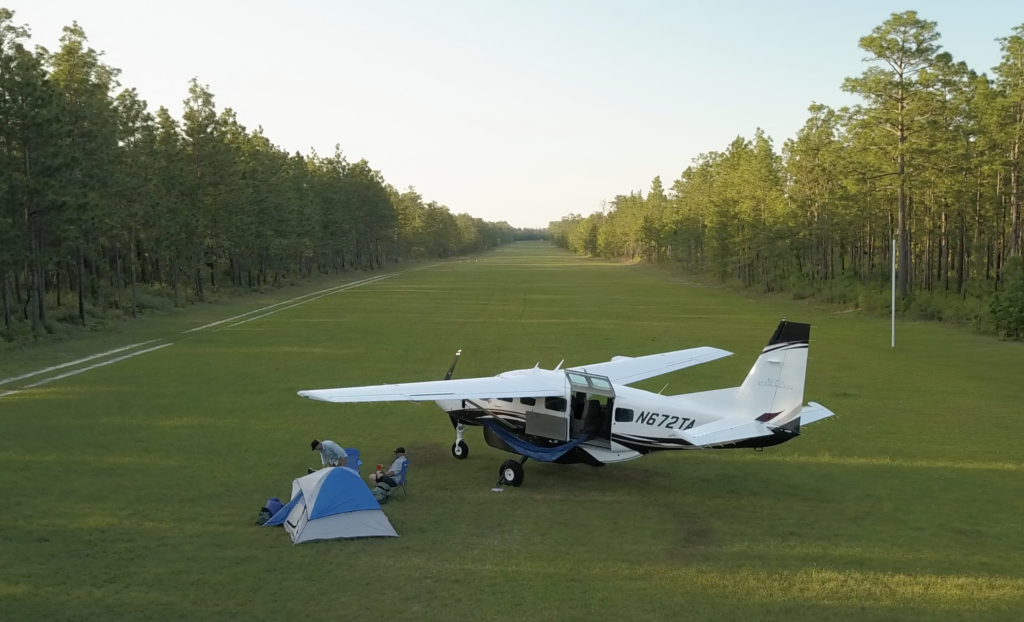
One of Hoffman’s favorite landing spots is a strip on the middle of the Blackwater State Forest in Florida. The airstrip was built during World War II as a bailout runway in case pilots from the nearby Pensacola airbase had engine trouble. It’s maintained today for use by the Forestry Service, and Hoffman said it’s amazing to land in the middle of hundreds of thousands of acres of woods, coming in over pine trees that are 50–70 feet tall. Another favorite backcountry flight was a day trip into a high glacier lake in Alaska. “We brought firewood and sausages, cooked over a fire, hung out and told lies around the campfire, then flew out again. A trip like that is a great way to introduce other people to the fun and possibilities of aviation. I like flying with other people and seeing where they like to go.”
Hoffman loves backcountry flying for the variety and the challenge. “Your regular airport is made to make it as easy and safe as possible, so you do the same landing almost every time. When you go off airfield, every spot is different, and each has its own set of challenges. Every backcountry runway has a best way to approach it. Most have only one way in and out, regardless of wind. There might be tall trees you need to slip in over. It might be very narrow or have a grass or dirt surface you’re not used to. Whatever the conditions, backcountry flying gives you a mission, a place to go, something to do. It makes you a better pilot.”
But ultimately, for Hoffman, it always comes back to adventure “For me, the essence of backcountry flying is that you capture a little bit of the old soul of aviation. And you taste true freedom. You go places you wouldn’t go unless you had an airplane.”

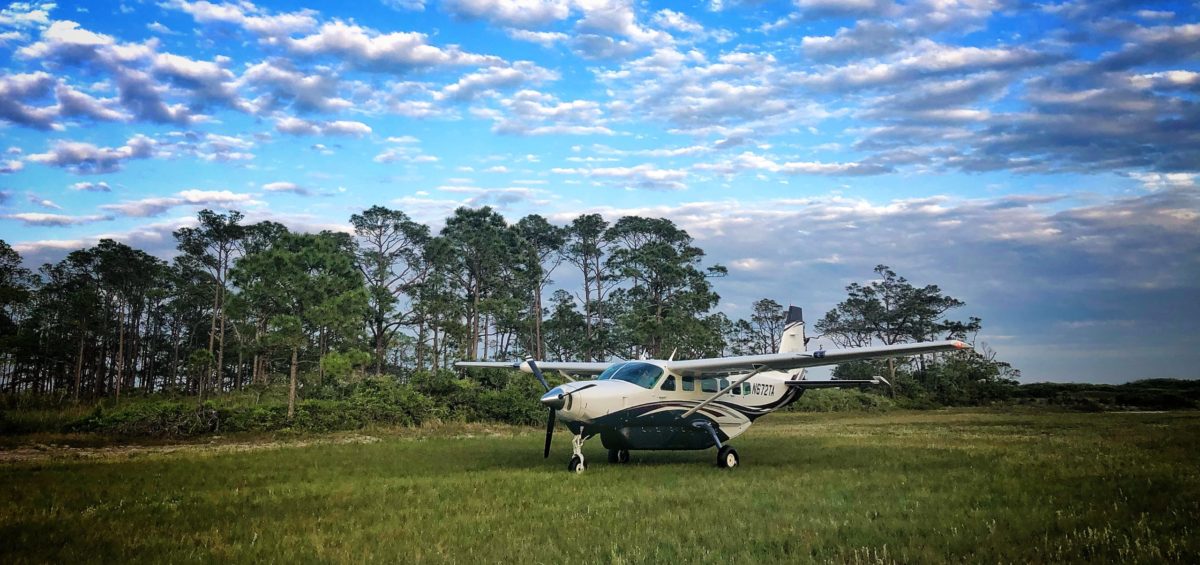
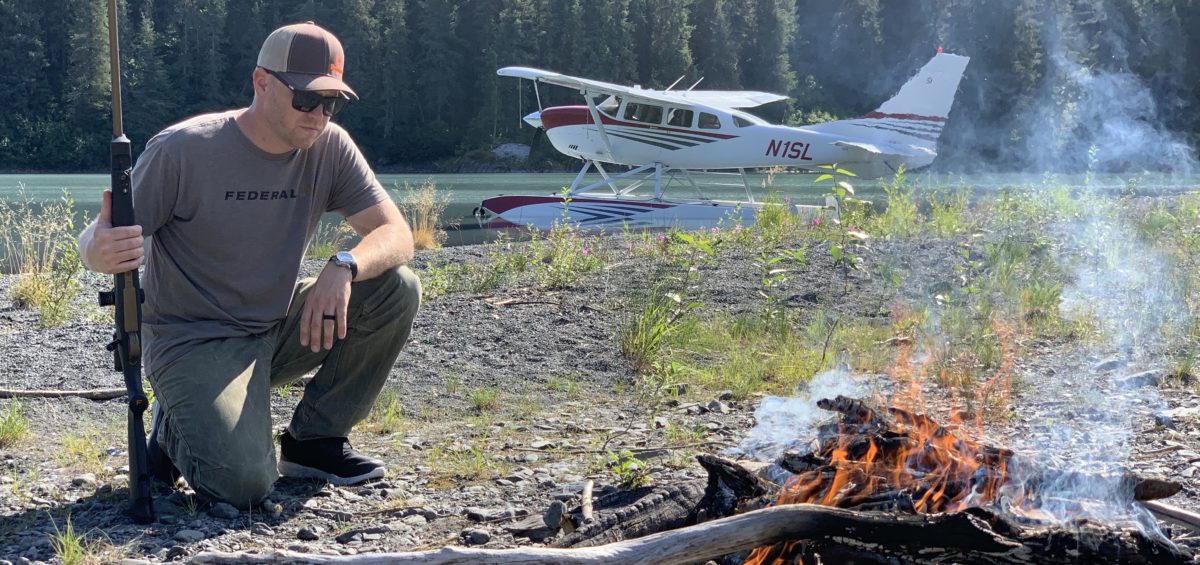
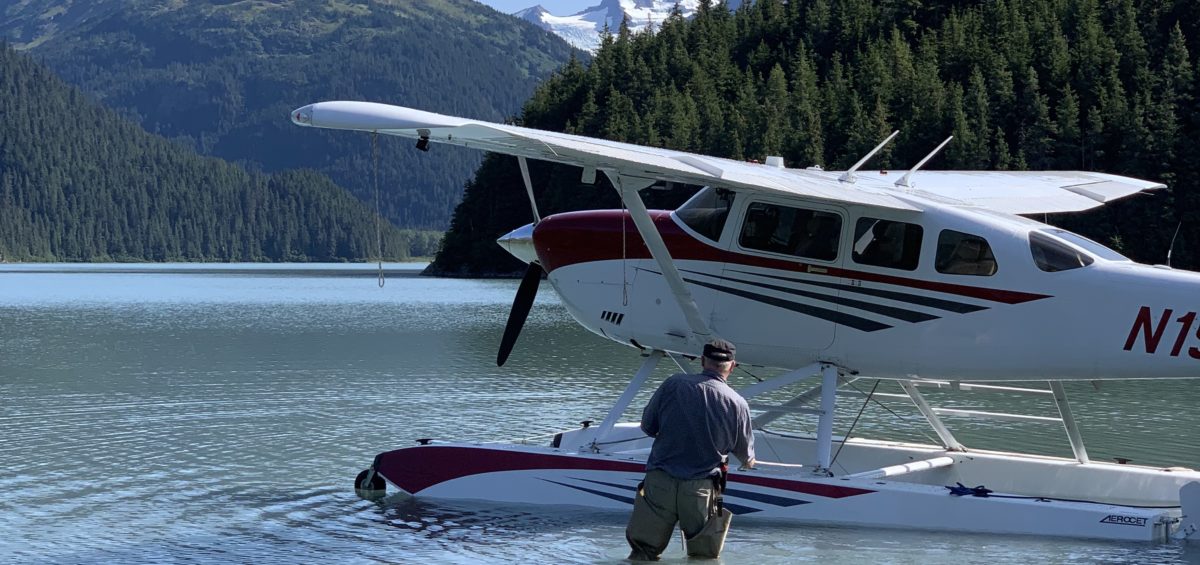
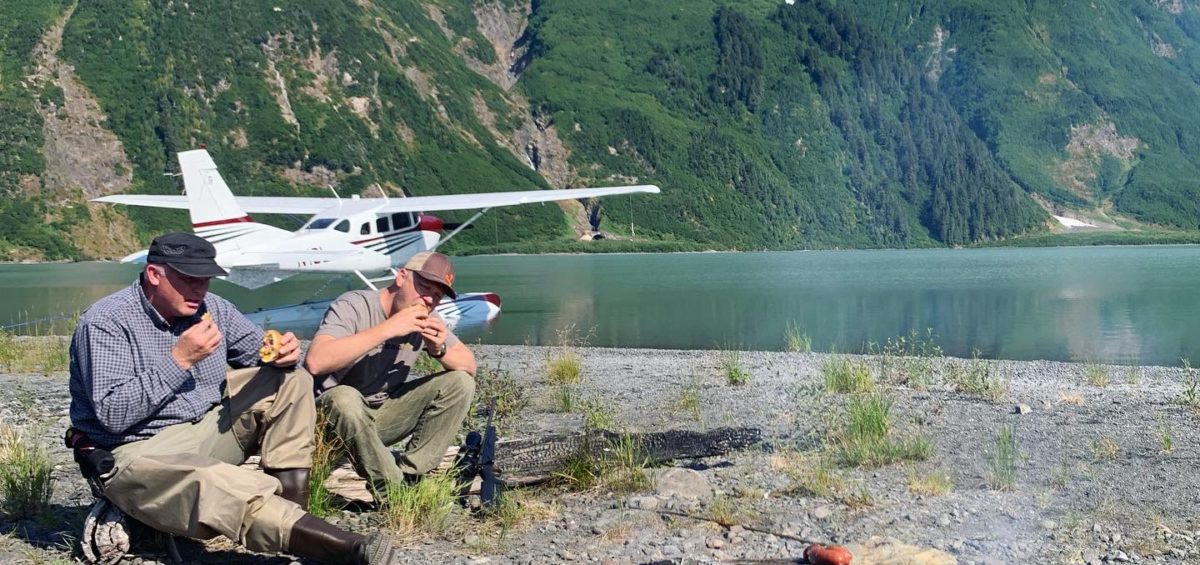
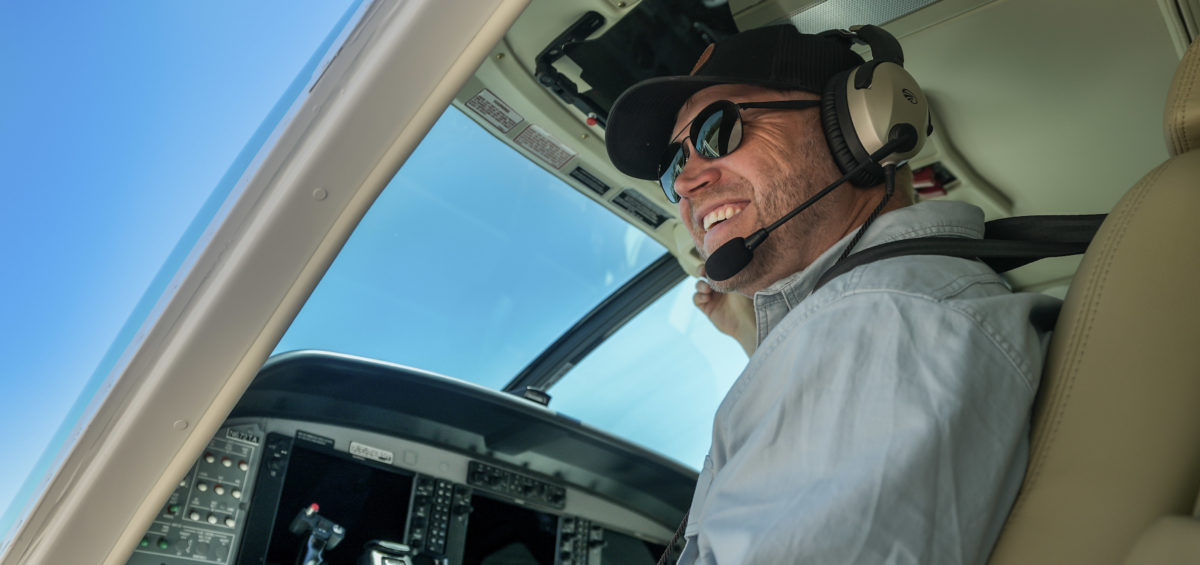
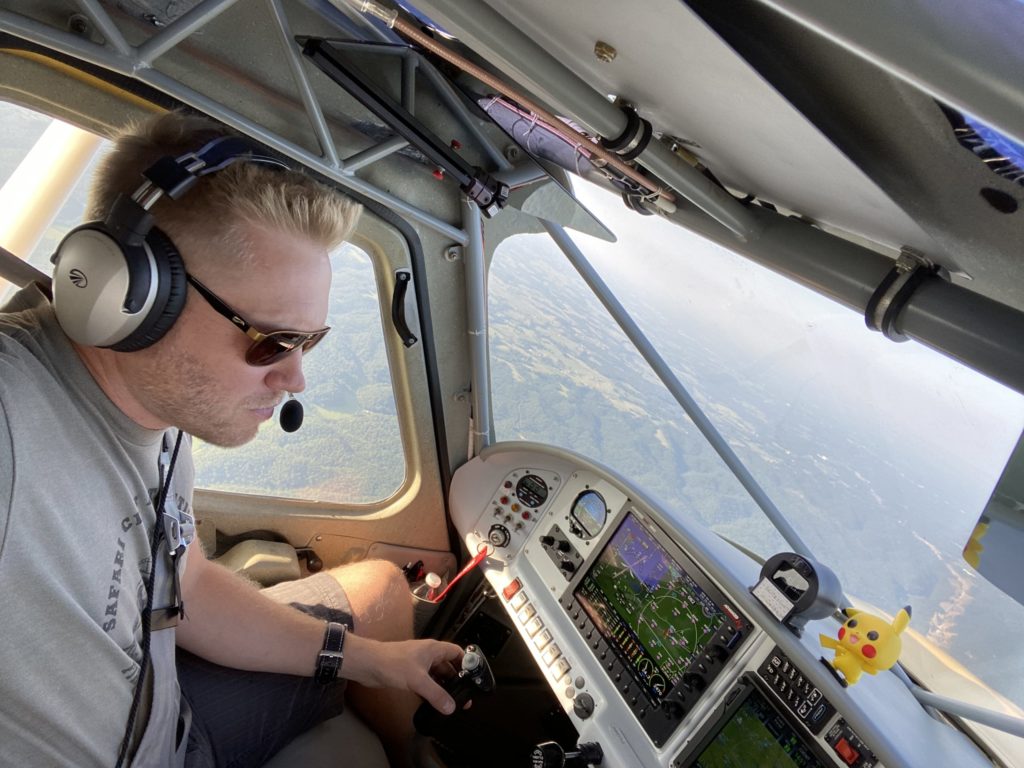
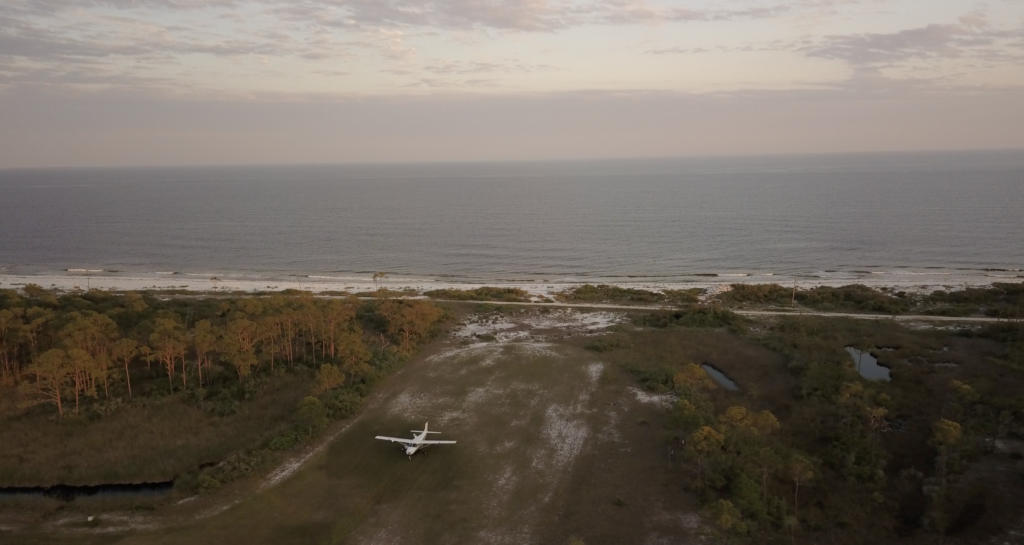
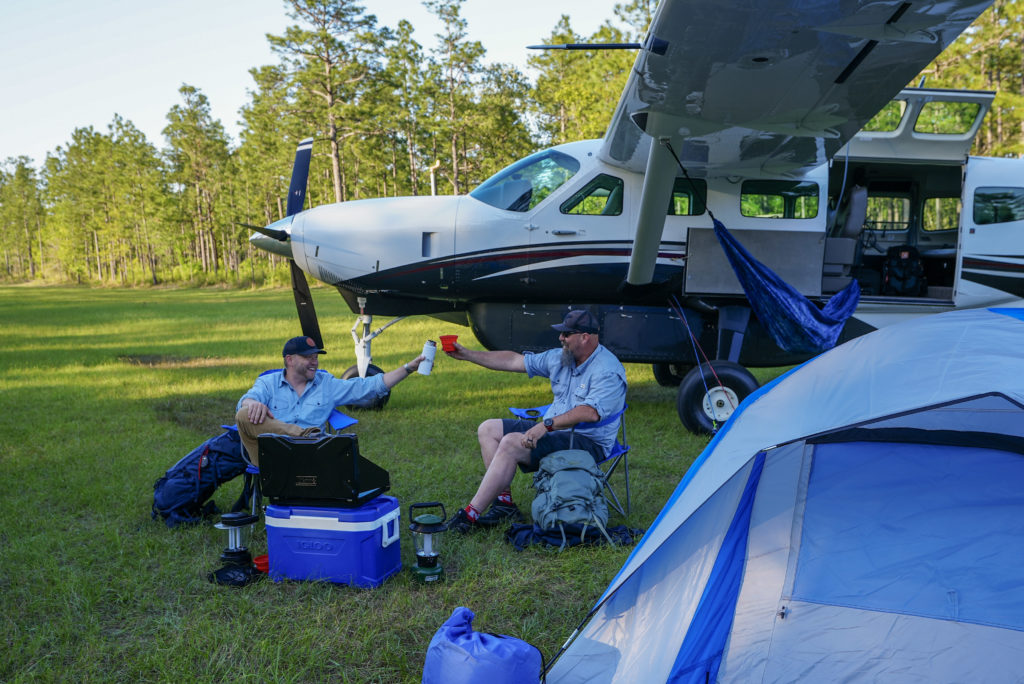
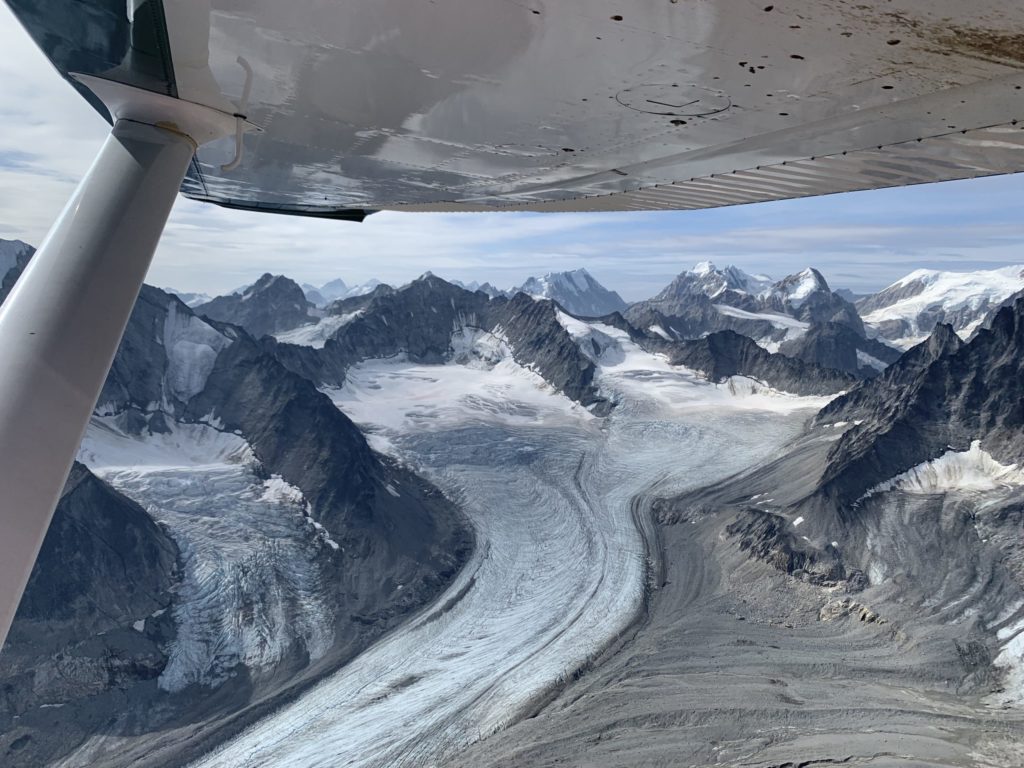
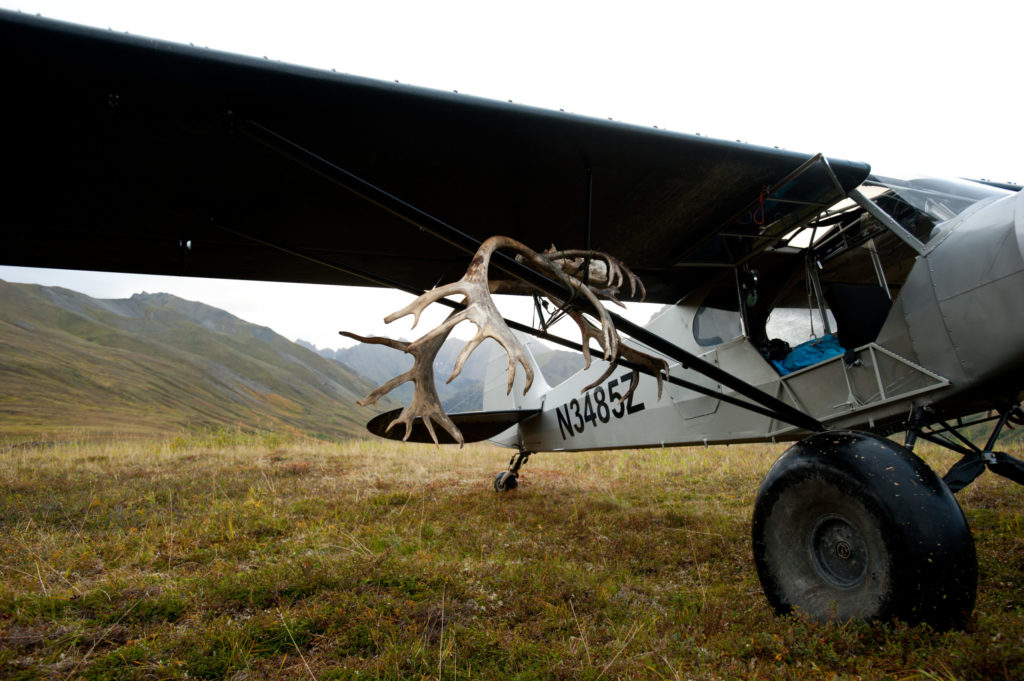
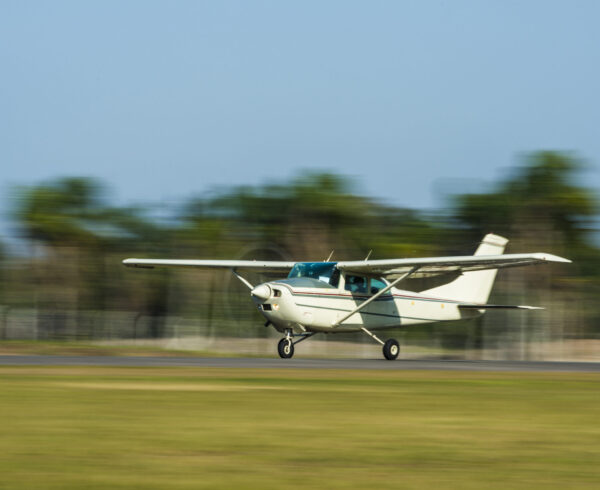
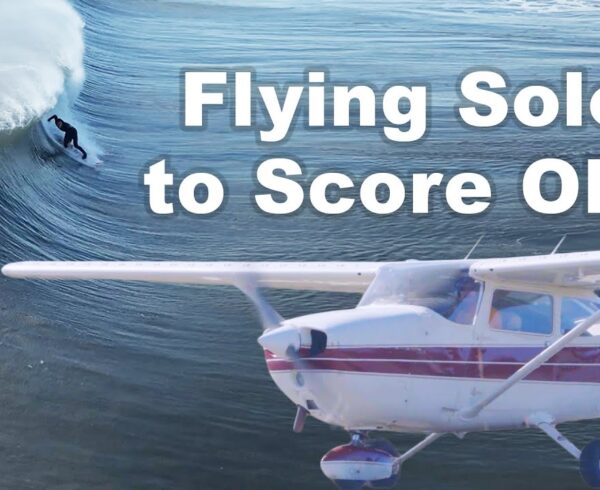

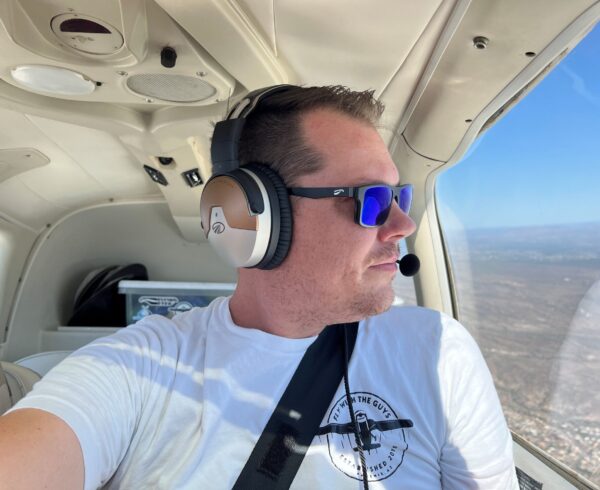
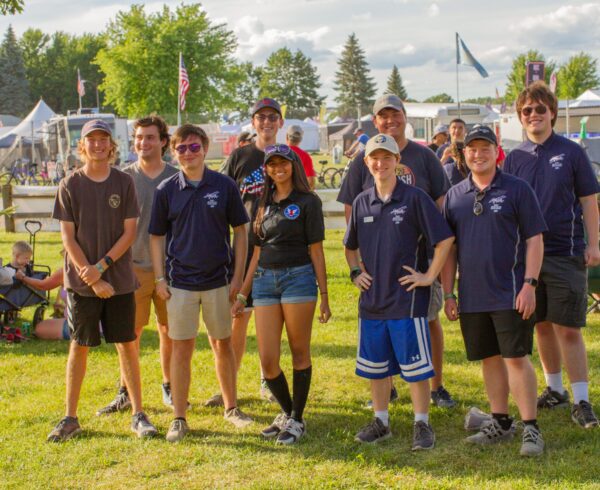






Truly a fun experience. Looking forward to use my LightSpeed Sierra to go flying around Montréal Canada this fall. Your story gives me wings!
Once a year the RAF https://theraf.org/ Recreational Aviation Foundation, has a work party weekend fly-in at the Blackwater Airfield . This year it was held on Dec. 11, and altitude it was a bit rainy but we held it anyway. All are invited to come on in and camp. The Florida State Forestry appreciates our help to maintain the runway and windsocks etc.
I fly my Cessna Cardinal 177RG in while using my panel mounted LightSpeed headset.
When I opened the email with the picture of Nick’s plane parked directly in the middle of that beautiful grass strip I recognized it immediately as the Blackwater Airstrip that I land on regularly in my Cessna 150. Based out of Pensacola I’m fortunate to visit that “remote” strip frequently. Thanks to the Recreational Aviation Foundation (RAF) for maintaining a picnic/camping area and fire ring just off the airfield. The Florida Department of Forestry in the Munson, FL office maintains the strip year round but one needs to check with them regarding condition and receive permission to land and use the facilities. As described in the blog it is a great strip and is truly remote despite being just over 30 miles from some of the busiest class C airspace in the country.